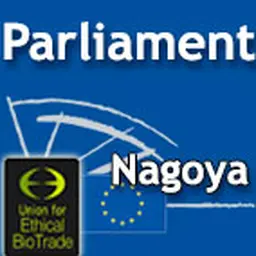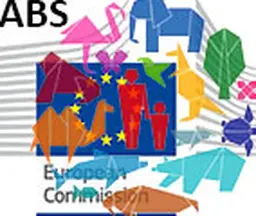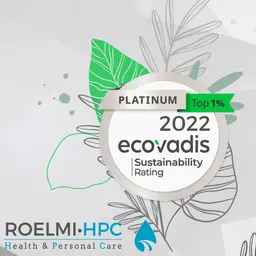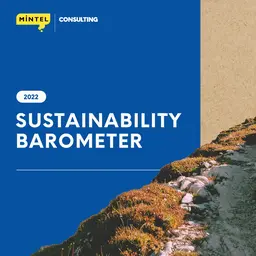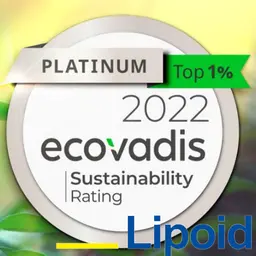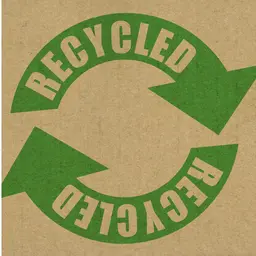
With 51 countries now having signed up to its provisions, the Nagoya Protocol on Access and Benefit Sharing (ABS) is set to become legally binding in October 2014. Companies working with biodiversity, including in the cosmetics, food and pharmaceutical sectors, need to prepare for new rules on researching the properties of genetic resources from plants, animals or micro-organisms and developing related products and processes.
UEBT* Press Release
The Nagoya Protocol, adopted in 2010, is an international agreement under the Convention on Biological Diversity (CBD). In announcing its upcoming entry into force, Braulio Ferreira de Souza Dias, Executive Secretary for the CBD, said, “ The Nagoya Protocol is central to unleashing the power of biodiversity for sustainable development by creating incentives for the conservation and sustainable use of biological diversity while guaranteeing equity in the sharing of benefits ”.
In particular, the Nagoya Protocol establishes a framework for countries to regulate the ‘utilization of genetic resources.’ This term is defined as research and development on the genetic and biochemical composition of biodiversity. For example, research on plant extracts, oils and molecules to develop new ingredients with moisturizing, anti-ageing or other properties would fall within the realm of the Nagoya Protocol. Similarly, ABS would bé relevant for companies looking to scientifically prove the antioxidants in a traditional medicinal plant and developing a health beverage based on these properties.
With its entry into force, countries will be required to implement the Nagoya Protocol through laws and regulations, defining the exact scope and procedures for ABS within their territories. For example, in March 2014, the European Union already …

